Editorial: Between The Lines: The Freep Hearts Fingleton

Eamonn Fingleton is the author of insightful books titled “Blindside: Why Japan is still on track to overtake the US by the year 2000” and “In Praise of Hard Industries – Why manufacturing, not the new economy is the key to future prosperity.” Whoever followed his advice either has committed suicide by now, or lives in a place where sharp objects are banned. Except for Bill Clinton and Ralph Nader, who think Fingleton is a swell guy. In truth, the Tokyo-dwelling Irish author has few friends left. He just found a bunch of new ones: the editors of The Detroit Free Press (Freep).
The Freep was so desperate to find a new scapegoat for The Big 2.8’s woes that they scoured the Internet and found and republished a two-week-old rant on Fingleton’s whacko blog “Unsustainable.”
“Detroit’s problems are partly – but only partly – its own fault,” Fingleton states in his opening salvo. The trouble with Detroit, Fingleton wrote, is not managerial incompetence, greedy unions nor wrong cars. Blame those numbnuts in Washington who failed to lock-out the foreigners. Without foreign competition, Detroit would be just fine.
“For 40 years the Detroit companies have been systematically undermined by foreign competitors’ predatory pricing in the U.S. market,” writes Fingleton. Whoever priced an import lately will beg to differ, but neither Fingleton nor the Freep are fazed.
The theorist then asserts that the Japanese “have kept their home market as a protected sanctuary, operating in cartel fashion and free from effective foreign competition.” As in: if the market be open, the Japanese would all drive Chevys. Living in Japan, Fingleton must be blind. But let’s play the numbers game…
Statistics from the Japan Automobile Imports Association show that the island nation imports some 300K cars a year. The U.S. only accounts for 15K of model year 2007’s imports, including, of all things, HUMMERS (favored by the Yakuza.)
According to Japan’s Automobile Inspection Registration Association, Mercedes makes the most popular imports, with 633,402 on the road. Next up: VW, with 623,089. And a little less than 200K units later, BMW accounts for 489,106 cars in the land of the rising yen. (We’ll get to the yen part soon.)
In Fingleton’s original piece, these statistics were misrepresented as “two German manufacturers, Mercedes Benz and BMW, enjoy token positions.” The Freep wisely (or maliciously) left it out. It would have begged the question: how many American cars are on the road in Japan? In all, just 50K Chevys. That’s less than 10 percent of Mercedes’ total. Not including 1473 of the aforementioned HUMMERS.
At some point, it should have dawned on Fingleton and the Freep that American exports have been on the rise. According to the Federal Reserve Bank of Chicago, “exports of light vehicles have increased by 52% since 2002, with exports of new vehicles up 21% and exports of used vehicles up almost fourfold.” Ignoring that factoid, Fingleton fingers another culprit for Detroit’s dementia: “the unrealistically high dollar.” Excuse me?
Until July, the greenback was so dirt cheap, that – damn the real estate crisis – there was a bubble in Manhattan condos, snapped-up by the Euro trash with wildly depreciated greenbacks. And now the dollar is heading back down, in the “unrealistically low” direction last seen in July.
The unrealistically weak dollar had its effect. “Between 2002 and 2007, exports to the NAFTA countries actually fell by 5%,” writes the Chicago Fed. “In contrast, Europe received 52% of the net increase of 287 thousand in new vehicle exports over that period; the Middle East accounts for about 40%.”
The rise of the Japanese Yen is the talk of Tokyo. Fingleton must not be just blind, he must also be deaf.
The Nikkei writes today: “The yen’s steep appreciation and the global economic meltdown have turned the tables on Toyota Motor Corp. and other Japanese manufacturers that had sought growth in foreign markets in recent years.” Even the Financial Times, which certainly is not biased towards Japan, concedes that “Dented consumer demand is exacerbated on the bottom line by the strong yen , which lopped a third off Toyota’s November forecast operating income.”
“So, yes, the U.S. car industry’s fate reflects in large measure American incompetence,” Fingleton’s piece ends, undeterred by simple facts. “But the main source of this incompetence has not been the engineers of Detroit but the opinion makers of New York and Washington.”
Apparently, even the Freep must have come to the conclusion that the $17.4b of taxpayers’ money is the last Detroit will ever see. The begging has ended. So let’s throw dirt at those who gave. Let’s demand quotas. Let’s demand a Detroit cartel. Let’s demand high prices. Let’s demand inflation. Nothing short of a full frontal assault on the forces ranged outside Fortress Detroit will save the Big 2.8. At least, according to Fingleton and the Freep.

Bertel Schmitt comes back to journalism after taking a 35 year break in advertising and marketing. He ran and owned advertising agencies in Duesseldorf, Germany, and New York City. Volkswagen A.G. was Bertel's most important corporate account. Schmitt's advertising and marketing career touched many corners of the industry with a special focus on automotive products and services. Since 2004, he lives in Japan and China with his wife <a href="http://www.tomokoandbertel.com"> Tomoko </a>. Bertel Schmitt is a founding board member of the <a href="http://www.offshoresuperseries.com"> Offshore Super Series </a>, an American offshore powerboat racing organization. He is co-owner of the racing team Typhoon.
More by Bertel Schmitt
Latest Car Reviews
Read moreLatest Product Reviews
Read moreRecent Comments
- Carson D Just don't be the whistleblower who reports on the falsification of safety data. That's a deadly profession.
- Carson D I'd have responded sooner, but my computer locked up and I had to reboot it.
- Todd In Canada Mazda has a 3 year bumper to bumper & 5 year unlimited mileage drivetrain warranty. Mazdas are a DIY dream of high school auto mechanics 101 easy to work on reliable simplicity. IMO the Mazda is way better looking.
- Tane94 Blue Mini, love Minis because it's total custom ordering and the S has the BMW turbo engine.
- AZFelix What could possibly go wrong with putting your life in the robotic hands of precision crafted and expertly programmed machinery?



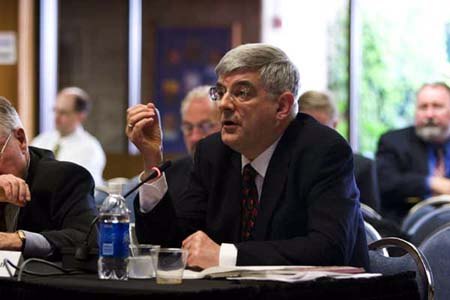
















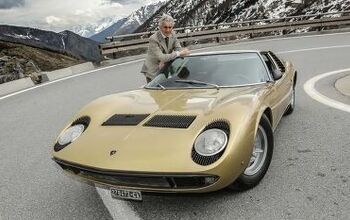

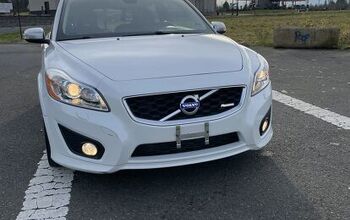
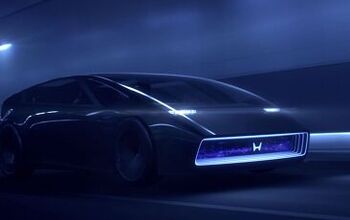
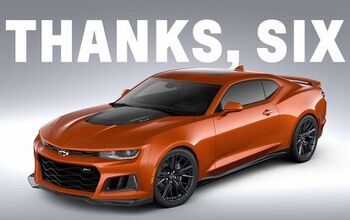

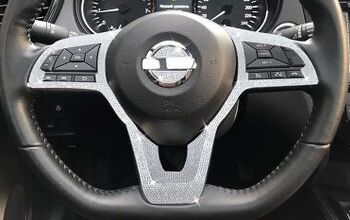
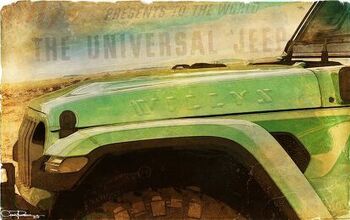
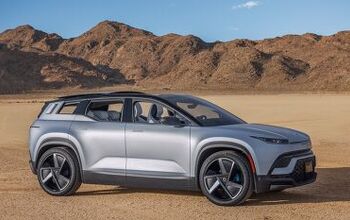
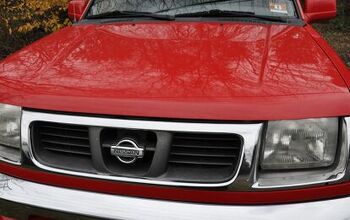
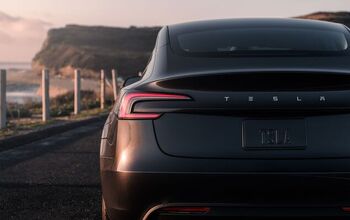
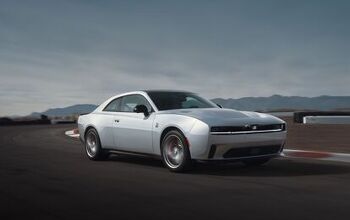
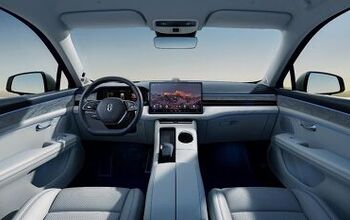
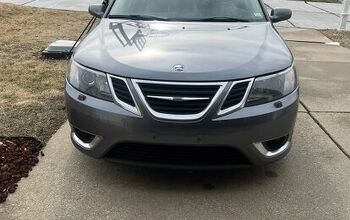
Comments
Join the conversation
A modest proposal for Mr. Schmitt I have only just now become aware of your commentary on my Detroit Free Press article of last December. I stand by my article. Also by my books, which you evidently have never so much as opened. You take issue, for instance, with my point that the dollar is massively overvalued, but all you can say by way of rebuttal is that Europeans some months ago were buying a lot of apartments in Manhattan. Your perspective is local and short-term: mine is global and long-term. You evidently aren't aware that America's current account deficit has ballooned sixfold from the already disastrously high level it recorded in 1989. By comparison Japan's current account _surplus_ has soared threefold from a level in 1989 that already then had earned that nation the sobriquet "juggernaut Japan." Judged by its trade performance, the United States is now weaker than any major nation since the last "basket case" years of the Ottoman Empire. I calculate that for the United States ever to balance its trade again it would have to increase employment in manufacturing industries by 40 percent -- and all the new jobs would have to be at the top end, which is to say in highly capital-intensive and knowhow-intensive activities. When do _you_ think America will again record a trade surplus? I have a modest proposal: if you really believe the Japanese car market is open why don't you join me for a debate on the subject -- before the Council on Foreign Relations in Washington. I will pay your fare. Eamonn Fingleton -- Aoyama NK Building 2F Minami Aoyama 4-3-24 Minato-ku, Tokyo 107-0062 Telephone: (81) (3) 5476 8727 or 5770 5087 Fax:(81) (3) 5770 5088 Website: www.unsustainable.org
now THAT is interesting. New thread RF?